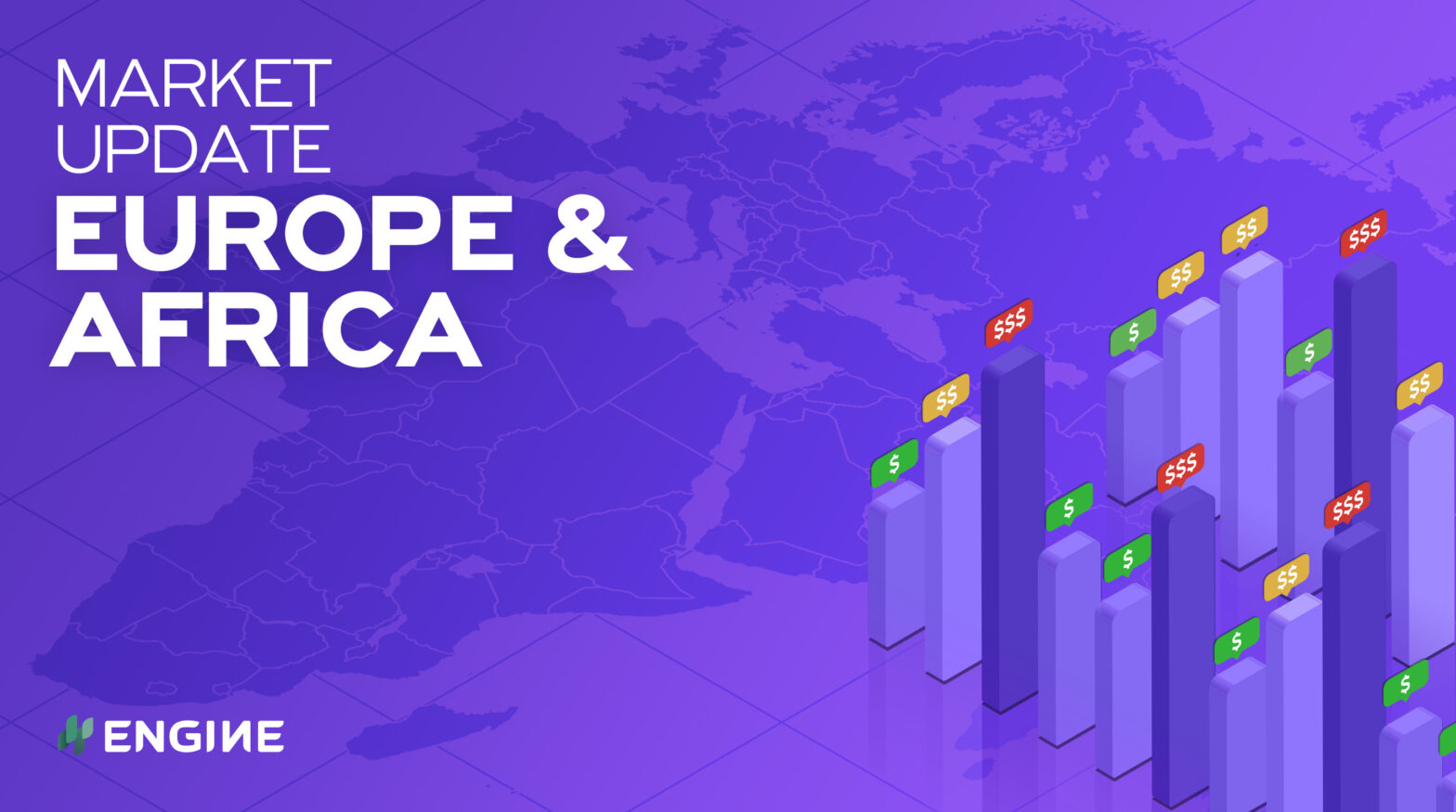Most European and African bunker prices have made significant gains with support from a 2% Brent rise in the past day.
Changes on the day to 08.00 GMT today:
- VLSFO prices up in Gibraltar ($16/mt) and Rotterdam ($10/mt), and down in Durban ($7/mt)
- LSMGO prices up in Gibraltar ($14/mt), Durban ($13/mt) and Rotterdam ($12/mt)
- HSFO prices up in Rotterdam ($8/mt) and Gibraltar ($5/mt)
Gibraltar’s VLSFO price has jumped to widen its premium over Rotterdam to $17/mt. The two bunkering hubs priced the fuel grade at similar levels at the beginning of the week, but Gibraltar’s price gain has since outpaced Rotterdam’s, and its price has also risen to near parity with Malta and Las Palmas.
HSFO380 remains tight for prompt dates in Skaw, Hamburg and Las Palmas. Suppliers in Gibraltar and ARA ports have more readily available supplies.
The high sulphur grade is priced $10/mt lower in Gibraltar than in Las Palmas. Rotterdam has it at $25-30/mt discounts to Skaw and Hamburg.
High winds and swell of up to 2.6 metres is forecast in Algoa Bay today and could disrupt deliveries. The nearby Port Elizabeth has seen its VLSFO price surge above other South African ports, including a $13/mt premium over Durban, where the price has dropped in the past day.
VLSFO and LSMGO are available for prompt deliveries in South African ports, while HSFO180 continues to be in more limited supply.
Brent
Front-month ICE Brent has come up by $1.47/bbl in the past day, to $73.09/bbl at 08.00 GMT.
Brent is on track for a 2% gain on the week, helped up by a weaker US dollar. The US dollar has weakened against a basket of currencies, rendering Brent and other commodities priced in dollars more attractive to investors holding other currencies.
US jobless claims fell to 340,000 last week, the lowest they have been since the beginning of the pandemic, according to Labour Department figures. Federal unemployment benefits for people who lost their jobs because of the pandemic are set to end on Monday.
Some oil platforms and rigs in the Gulf of Mexico are restarting, but about a third of the platforms and half of the rigs are still unmanned after they were evacuated before Hurricane Ida struck, according to estimates from the Bureau of Safety and Environmental Enforcement.
Ports and refineries across Louisiana are working to get power to resume operations. It could take weeks before production levels normalise.
“Crude prices seem to have only one-way to go due to the short-term impact from Ida and when you factor in the oil market will remain in deficit as OPEC+ steadily eases production curbs,” OANDA analyst Ed Moya said.
